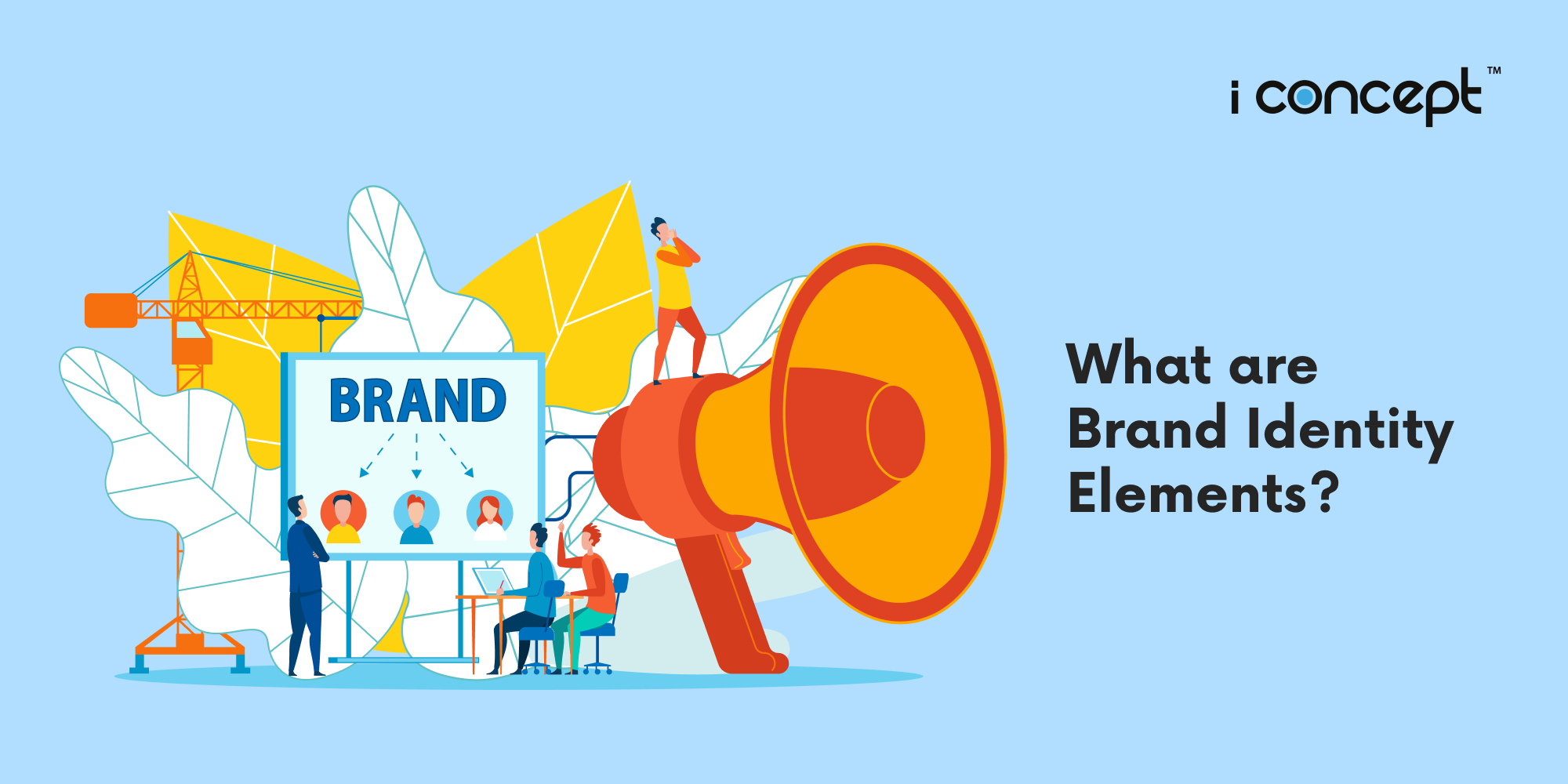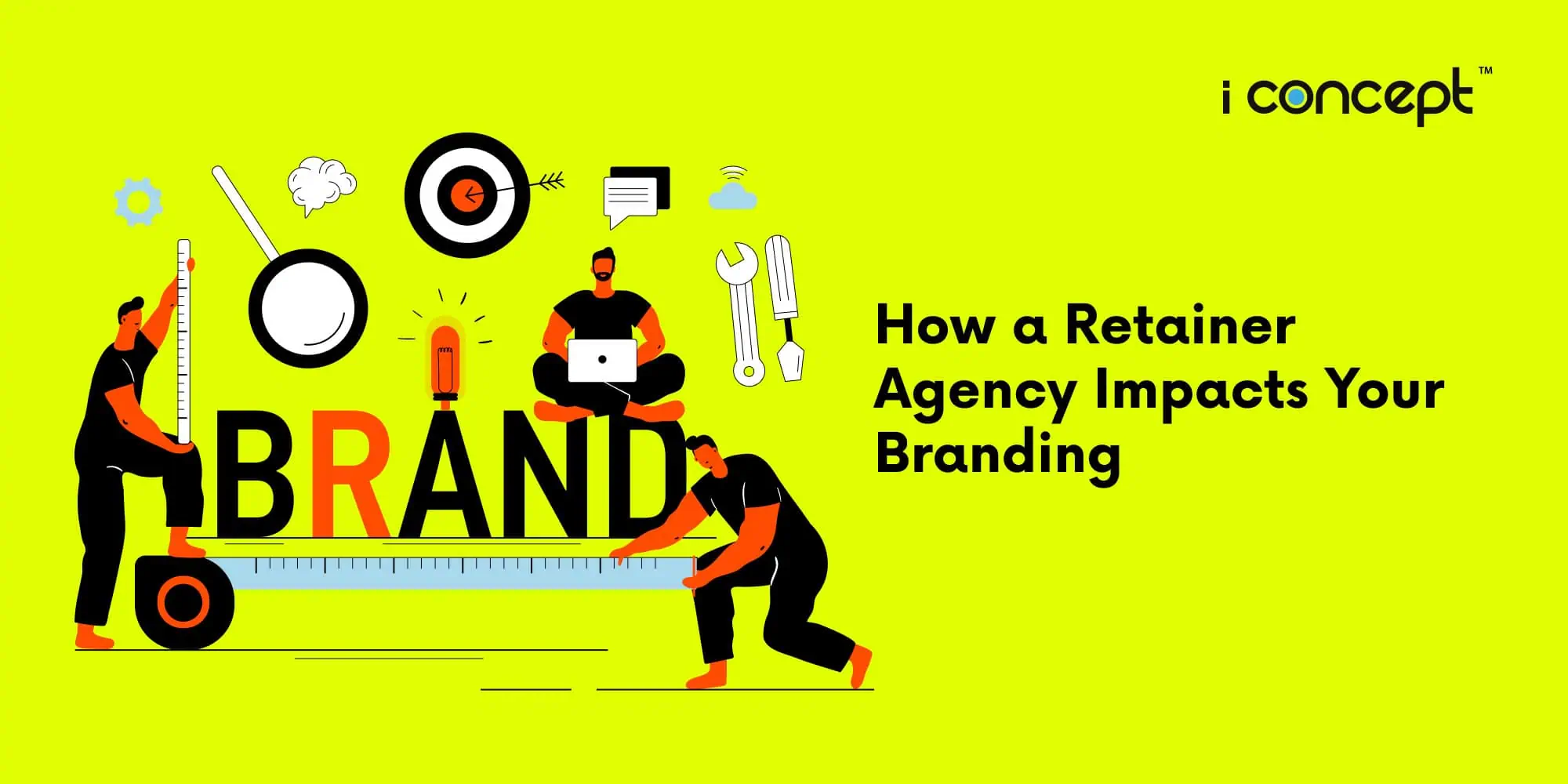Starting a business idea but got no clue on how to start building your brand? You’re not alone.
Branding is tough. It requires you to truly understand the message you want your business to convey to the world. You need to understand your customers, and what you want them to take away from your business.
One essential part of branding is establishing your brand identity elements.
Brand identity is a set of visual (and sometimes oral and aural) components that represent a company’s ideas, which allows customers to remember a brand and distinguish it from dozens of others in the market. It helps shape consumers’ perceptions about a company, build loyalty and trust, and make a brand memorable.
Here, we’ll discuss what these elements are, and perhaps provide some inspiration for you to use when developing your business’ brand identity.
-
Brand Name
Where else to start but the word(s) to represent and encapsulate your business and your offerings. A brand name is a word(s) you use to identify your company and what you offer to the public, distinguishing you from your competitors.
Coming up with a brand name may seem easy, but it can have huge connotations. For example, for days when you need to sanitise the toilet, you may say, “bring me the Dettol”. The word Dettol is actually the name of a brand, while the actual product is a disinfecting agent. Yet, most people will simply ask for Dettol, using the name as a proper noun.
Brand names used as generic terms of products? That’s a high aim for a brand name. So pick your brand name wisely.
-
Logo
Logos can be presented in the form of images, texts and shapes. A logo depicts a brand’s name and purpose. Certainly, a logo is a key element of a company’s identity since customers usually pay attention to it, and a way to help consumers recognise your brand. You may also choose to use a text logo (a distinct text-only typographic treatment of a brand’s name). These days, more and more companies choose text-only logos since they are easier to remember.
Audiences will recognise your logo if they are out and about. Your logo should be on your emails, website, social media accounts, and maybe the physical products you sell.
-
Colour Scheme
Your business’ colour scheme is critical because it plays into all the additional visual branding elements you create. You would incorporate your brand colour scheme across all visual channels, from your logo, marketing materials, graphics and images, etc.
As consumers, we know when a brand has done a great job of creating a colour scheme when we see specific colours together, and it immediately triggers recognition in our brain for that brand. For example, yellow in McDonald’s golden arches, red and white on Coca-Cola cans, and most famously, Tiffany’s blue.
Certain colours carry with them strong associations, so you need to know your brand’s message well, and pick the most suitable colours to form your colour scheme.
-
Graphic and Image Style Consistency
Graphics and image elements for your brand are difficult to define, as they encompass all of the other brand elements that make your business unique.
By mentioning style, it encapsulates all visual elements of your brand. You should be consistent when it comes to images and other visual elements on your printed materials, website or digital campaigns.
When you share images, the style you use to edit them should be consistent and cohesive on all platforms and printed or digital materials. For example, use the same filters over all your images, or crop your photos in the same way across all publications.
-
Typography
Otherwise known as fonts. Typography refers to the choice of fonts you use in all business materials you create.
Similarly, you want to remain consistent, so your branding is cohesive, and so that if people see fonts related to your brand or business, they can recognise that it’s from your company. The fonts should complement the copywriting that’s produced by the brand.
Having a set of fonts for your business also makes it easier to create business content that looks coherent. You sure can recall in your mind distinctive fonts of brands like Disney and Google, right? That’s the magic of unique fonts.
-
Tone and Voice
Or your tone of voice. Yes, that sounds like an oral and aural thing. But it’s more than that.
Tone and voice don’t just mean how your business sounds like in audio, it encompasses all your outreach to the public sphere, whenever there is text (and it also includes all other elements like colours and images too).
It is about how your business comes across when you communicate with customers through your paraphernalia or digital marketing materials. Your brand copywriting will carry its tone and voice. If your company is personified as a human, are they humorous and funny? Or do they appear more learned and professional?
Your tone and voice is a significant brand element as it helps convey to the public your brand personality.
Pick a tone and voice that relates to what your business offers and who your target audience is, what your company’s energy and people are like, and incorporate that into all of the words your business puts out into the world.
-
Jingle, Slogan & Catchphrase
Not an essential brand element, but a unique one. If used well, slogans and jingles make up an important part of your branding.
These special “add-on” brand elements can be used in marketing materials, including commercials, or key hashtags in digital marketing campaigns.
Many slogans and jingles get stuck in consumers’ heads (for a long long time), helping the business they represent to stay on top of consumers’ minds. Here’s a list of slogans, jingles and catchphrases from brands that you may already be familiar with (or love to hate): “Subway, Eat Fresh” from the Subway sandwich restaurant chain; “Just Do It” from sports brand Nike; “Das Auto” from German auto brand Volkswagen; and (sing along) “Balabababa, I’m Loving It” from that fast-food giant.
Unique Brand Elements for a Unique Brand
In sum, your different brand elements should all come together to make your brand stand out from the rest. To develop an authentic and distinct personality for your brand, consider what your business offers, take the time to know and understand your customers (and their wants and needs), before you begin picking, fixing and designing.
Still think that branding is tough, or looking to rework your brand? Not sure where to start or seeking guidance on placing the brand elements together? You need the help of a good branding agency. I Concept Singapore is a creative agency specialising in brand consultancy. We can help guide new businesses to carve out a niche of their own, picking and placing the brand elements together to form a whole. Businesses looking for refreshed branding can also seek our assistance in remaking and revamping.
Eligible businesses may also opt to tap on the Enterprise Development Grant (EDG) for Strategic Branding and Marketing from Enterprise Singapore, and get up to 80% funding support to raise their brand equity.
Contact us now and get a headstart on your branding game. May the branding elements come together in your business’s favour.










